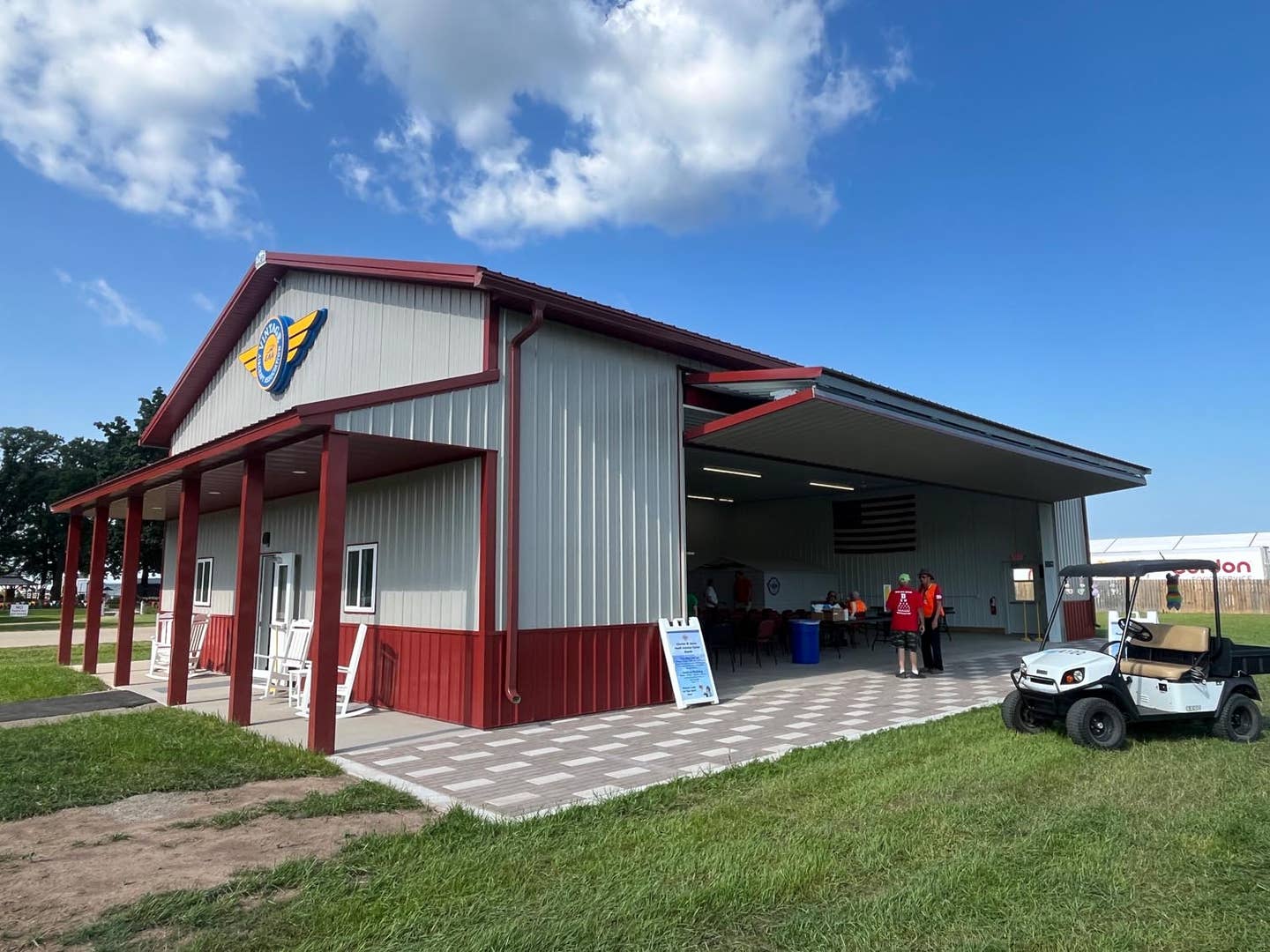Not every type of aircraft has witnessed a meteoric rise in value similar to Skyhawks and Cherokees in recent years. Within the vintage aircraft community, a number of simplistic aircraft designs from Taylorcraft, Luscombes, and Aeronca have not experienced such a significant upsurge as much of the market has, and they remain a valuable option for individuals aspiring to enter the world of aviation.

Walking through the Vintage parking area at Airventure, Ray Johnson, the director of the Vintage Aircraft Association, gestured towards a taildragger parked nearby. “A young person, whether a guy or a gal, could purchase something like this Taylorcraft or a Champ, then fly it frequently to accumulate their flight hours, and sell it without suffering a substantial loss in the resale value.”

But as any owner of vintage aircraft can affirm, the purchase price is just one aspect. Maintenance is another. To this end, on Monday morning, the leaders of the VAA gathered for a ribbon-cutting ceremony at the Charles W. Harris Youth Aviation Center.
The Harris Aviation Center, a hangar situated behind the flightline in the vintage aircraft parking area, aims to attract local youth for hands-on experiences, teaching them how to utilize basic and equipment employed for maintaining and repairing aircraft, while introducing them to pilots and mechanics. Simultaneously, they can learn about types of aircraft that offer an affordable entry point for learning to fly and building flight time.
Susan Dusenberry, the President of the VAA, stated that the youth hangar took longer than her initial five-year plan. However, the finely finished exterior and interior undoubtedly provide indications of the meticulous thought invested in its construction, while also managing the escalating construction costs over those years. She emphasized that while education is crucial, building a community is at least equally important.
“In addition to the knowledge we aim to impart, we truly desire to cultivate a sense of belonging among the participating youth,” Dusenberry said.
Given the considerable generation gaps involved, it might seem like an intimidating task, but Dusenberry and the VAA leaders have enlisted a group of advisers in their 20s to assist in developing the program’s curriculum to ensure that it can gain momentum without the generational challenges that a teenager might encounter when considering a program led by individuals who are… let’s say, considerably older.
Between the youth advisors and a highly amicable atmosphere, the Harris Aviation Center should handle these challenges with ease.
The Harris Aviation center was half funded by the estate of Charles W. Harris and half through member donations. Their plans draw partly on the Youth Aviation Program that the Late Ron Alexander, the former VAA director, established at Peach State Aerodrome south of Atlanta, GA. The YAP, operating completely independently of any school, attracts high school students from the surrounding community to assist in restoring and repairing vintage aircraft. Their work at the shop is compensated in the form of flight instruction with the flying club on the field. Several students have obtained their private pilot certificate, and at least one has earned their airframe and powerplant mechanic certificate.